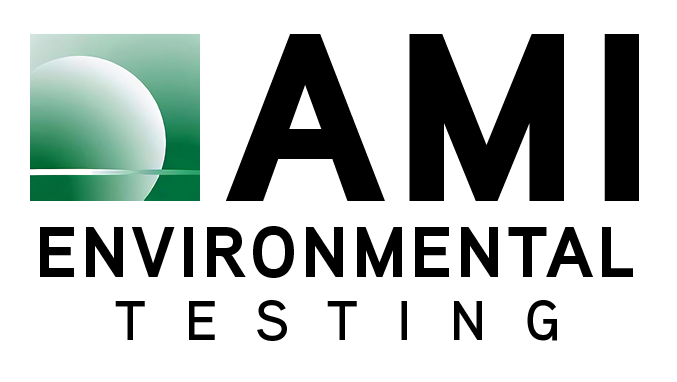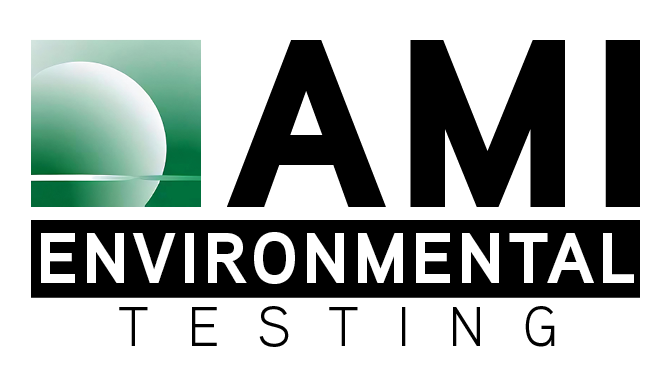ASHRAE Standard 241, established by the American Society of Heating, Refrigerating and Air-Conditioning Engineers, serves as a comprehensive framework for optimizing the environmental efficiency of buildings. This standard addresses various aspects of building operations, including ventilation and air quality, with a keen eye on controlling the spread of infectious diseases.
Energy conservation is a cornerstone of ASHRAE 241. By emphasizing the use of energy-efficient technologies and systems, such as high-performance HVAC (heating, ventilation, and air conditioning) equipment, advanced insulation, and smart lighting controls, the standard aims to minimize energy consumption and lower greenhouse gas emissions.
ASHRAE Standard 241 contributes to controlling infectious aerosols through its emphasis on ventilation strategies. Proper ventilation helps dilute and remove airborne contaminants, including infectious particles, reducing the risk of transmission within enclosed spaces. The standard outlines requirements for ventilation rates, air distribution, and filtration systems to ensure indoor air quality is maintained at levels conducive to health and well-being.
Moreover, ASHRAE Standard 241 encourages the use of advanced air filtration technologies to capture and remove potentially harmful particles, including viruses and bacteria, from the air circulating within buildings. By employing high-efficiency filtration systems, buildings with more vulnerable occupants, such as hospitals and schools, can significantly reduce the concentration of infectious aerosols.
Furthermore, the 241 standard advocates for the implementation of air cleaning and disinfection technologies as supplementary measures to combat airborne pathogens. This includes the use of ultraviolet germicidal irradiation (UVGI) systems and air purification devices to deactivate or eliminate viruses and bacteria present in the air.
As the global community continues to grapple with public health challenges, adherence to standards like ASHRAE 241 will remain essential in shaping building design and operation practices to prioritize occupant safety. By promoting effective ventilation, advanced filtration, and air cleaning technologies, the standard plays a pivotal role in creating healthier indoor environments that safeguard occupants against the transmission of infectious diseases.
Related Posts
August 6, 2010
August 18, 2025



